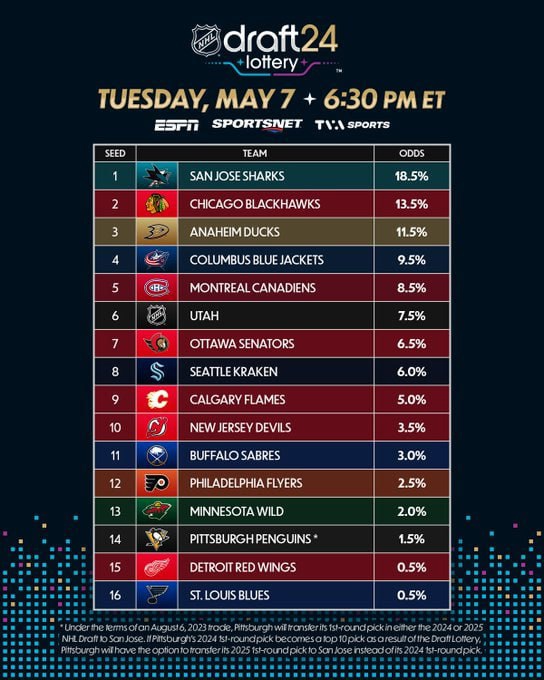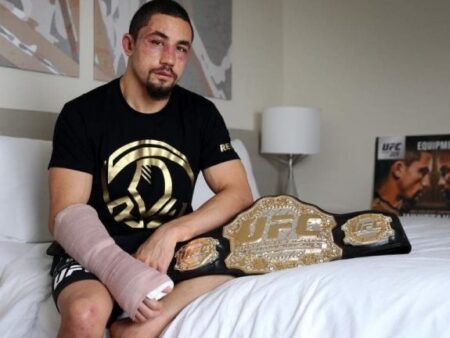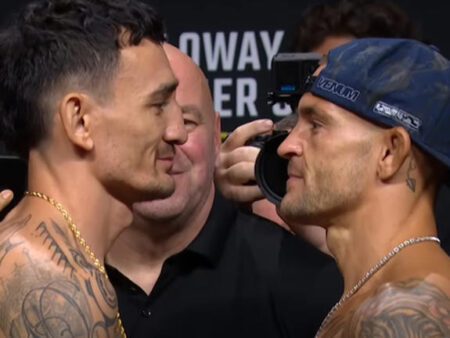
The confetti has settled, the names have been called, and the dreams of dozens of young hockey players are now tied to NHL franchises. For the top prospects selected in the recent 2025 NHL Entry Draft, however, a crucial decision often follows the handshake on the draft stage: where will they play next season? This isn`t merely a logistical detail; it`s a strategic choice with significant implications for their development path, and it`s a question gaining particular attention this year.
Adding an intriguing layer to this annual post-draft dance is the highly anticipated 2026 prospect, Gavin McKenna, who recently announced his commitment to play NCAA hockey at Penn State. While McKenna`s decision pertains to the *next* draft class, it shines a spotlight on the options available and prompts speculation about whether other elite talents might increasingly consider the collegiate route.
Historically, the most common path for top North American prospects outside of going directly to the NHL (a rarity for 18-year-olds) has been through the Canadian Hockey League (CHL), comprising the Ontario Hockey League (OHL), Western Hockey League (WHL), and Quebec Maritimes Junior Hockey League (QMJHL). These major junior leagues offer competitive play, extensive travel, and a demanding schedule designed to prepare players for the professional grind.
The alternative, gaining traction among some elite players, is the NCAA route. College hockey offers a different environment: a less congested schedule, often more practice time, a focus on physical development in a university setting, and the opportunity to pursue higher education. It`s a path that has produced numerous successful NHLers over the years.
The key technical distinction that dictates a player`s post-draft options lies in whether they sign an NHL Entry-Level Contract (ELC). Under the current rules, a player who signs an ELC forfeits their eligibility to play NCAA hockey. They must either make the NHL roster directly or be assigned to their junior club (if from the CHL) or the American Hockey League (AHL), depending on age and league agreements. This rule creates a clear fork in the road.
Some players from the 2025 draft class have already made their intentions clear by signing ELCs. For example, Jake O`Brien (No. 8 overall, Seattle Kraken), Ben Kindel (No. 11 overall, Pittsburgh Penguins), and Lynden Lakovic (No. 27 overall, Washington Capitals) have signed their contracts. Barring an immediate jump to the NHL, they are slated to return to their respective CHL teams.
On the other hand, other top picks have opted for the collegiate path. Jackson Smith (No. 14 overall, Washington Capitals) is set to join Gavin McKenna at Penn State, adding significant defensive talent to the Nittany Lions program. Cole Reschny (No. 18 overall, formerly WHL Victoria Royals) has committed to North Dakota, a traditional NCAA hockey powerhouse.
This split presents a curious challenge for NCAA programs. Recruiting top-tier junior talent is a coup, but the uncertainty of whether a drafted player might sign an NHL deal and thus become ineligible creates roster management puzzles. It`s a bit of a guessing game, one that college coaches must now navigate in this evolving landscape.
Adding to the intrigue are the players whose plans remain unannounced or contingent. Matthew Schaefer, the No. 1 overall pick by the New York Islanders, comes out of the OHL`s Erie Otters. While making the NHL immediately is often the aspiration for a first-overall selection, it`s acknowledged that defencemen often require more seasoning than forwards. The last defenceman taken first overall, Owen Power in 2021, spent another year developing at the University of Michigan before turning pro. Schaefer`s decision, influenced perhaps by his injury-shortened draft year season, is highly anticipated.
Similarly, the path for other high picks like Michael Misa (No. 2 overall, Chicago Blackhawks) is yet to be definitively stated for next season. Misa, also from the OHL (Saginaw Spirit), represents another significant talent whose development route will be closely watched.
The decision for each drafted player is a complex calculus involving discussions with their new NHL team, agents, family, and personal preferences. It balances immediate professional opportunity, long-term development goals, and, for the NCAA route, educational pursuits. The varied decisions emerging from the 2025 draft class underscore that there is no single “correct” path to the NHL, only the path best suited for the individual player and the organization that now holds their rights. The choice, it seems, is rarely simple, adding a layer of off-ice strategy to the game`s physical demands.









